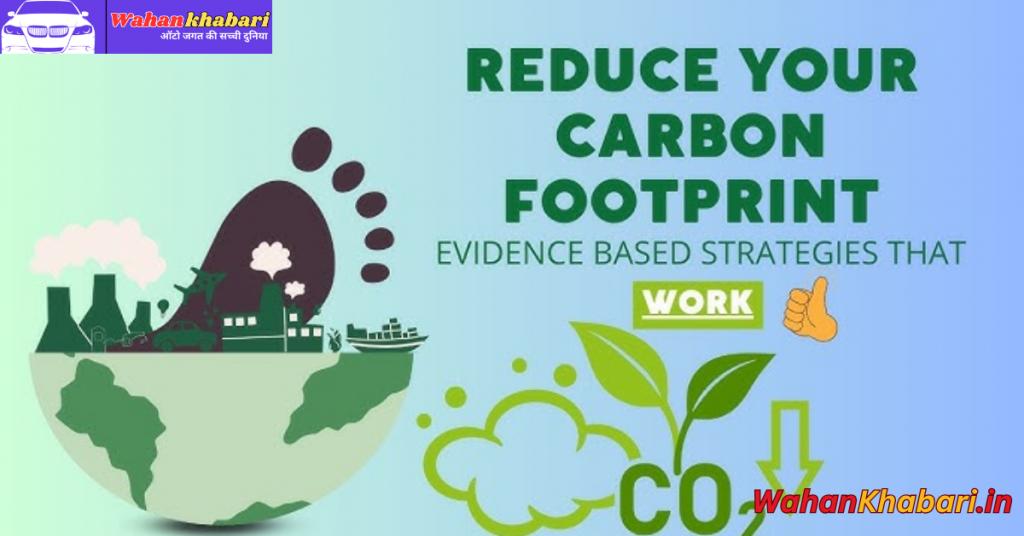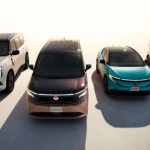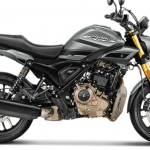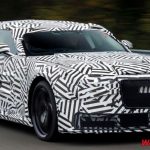In an era where climate change is no longer a distant threat but a present-day reality, every small change we make can have a significant impact. Transportation is one of the largest contributors to greenhouse gas emissions, particularly personal vehicles powered by fossil fuels. However, even if switching to an electric car isn’t immediately feasible for everyone, there are many simple, eco-friendly driving habits that can reduce your carbon footprint and help protect the environment.
Here’s how you can drive greener without drastically changing your lifestyle or vehicle.
1. Drive Smoothly and Steadily
Aggressive driving—frequent acceleration, sudden braking, and high-speed driving—not only wastes fuel but also produces more emissions. According to the U.S. Department of Energy, smooth driving can improve fuel efficiency by up to 33% on highways and 5% in city driving. Try to maintain a steady speed, anticipate traffic flow, and avoid unnecessary stops and starts. Cruise control can be especially helpful on highways to maintain a consistent speed.
2. Avoid Idling
Leaving your engine running while parked burns fuel and releases carbon dioxide into the atmosphere for no reason. If you’re stopped for more than 30 seconds (except in traffic), it’s more efficient to turn off your engine. Many modern cars also come with auto start-stop systems for this reason. Not only does avoiding idling reduce emissions, but it also saves money and minimizes engine wear.
3. Keep Your Vehicle Maintained
A well-maintained vehicle operates more efficiently and pollutes less. Regular oil changes, air filter replacements, and tire checks can make a noticeable difference. For example, underinflated tires can reduce fuel economy by up to 3%, and dirty air filters can increase fuel consumption by restricting airflow to the engine. Ensure your car is serviced according to the manufacturer’s recommendations to keep it running at peak efficiency.
4. Lighten Your Load
Carrying unnecessary weight can reduce your fuel economy. Every 100 pounds of extra weight can decrease your MPG by about 1%. Remove items from your trunk and backseat that you don’t need, and take off roof racks or carriers when they’re not in use. These not only add weight but also create aerodynamic drag, making your engine work harder.
5. Plan and Combine Trips
One of the easiest ways to reduce your carbon emissions is simply to drive less. Combine errands into one trip rather than making multiple separate journeys. Planning your route to avoid traffic congestion and backtracking can save both time and fuel. Carpooling when possible also cuts down on the number of vehicles on the road.
6. Use Air Conditioning Wisely
Air conditioning puts extra load on your engine and can reduce fuel economy, especially in older vehicles. Use it sparingly or opt for ventilation and open windows when driving at lower speeds. However, at higher speeds (like on highways), open windows can increase drag, so A/C may actually be the more efficient option. Balance comfort and efficiency based on your driving conditions.

7. Monitor Your Tire Pressure
Low tire pressure increases rolling resistance, which makes your engine work harder and burn more fuel. Check your tire pressure monthly and keep them inflated to the manufacturer’s recommended levels. Doing so can improve your mileage by up to 3% and extend the life of your tires, saving you money in the long run.
8. Drive Less, Walk or Bike More
Whenever feasible, consider walking, biking, or using public transportation instead of driving. Not only does this eliminate emissions altogether, but it’s also beneficial for your health and reduces traffic congestion. For short trips under a mile or two, walking or cycling is usually faster than driving and parking.

9. Choose Eco-Friendly Routes
Some GPS apps now offer eco-friendly routing options that minimize fuel consumption by avoiding steep hills, heavy traffic, or stop-and-go patterns. These routes might not always be the shortest in distance but can significantly reduce fuel usage and emissions.
10. Drive During Off-Peak Hours
Stop-and-go traffic increases fuel consumption and emissions. If your schedule allows, try to travel during off-peak times to avoid rush hour. Less time idling in traffic means less fuel burned and fewer emissions released into the air.
Final Thoughts
Adopting eco-friendly driving habits doesn’t require drastic lifestyle changes. By being more conscious about how you drive and maintain your vehicle, you can reduce your carbon footprint, save money on fuel, and contribute to a healthier planet. While systemic changes and clean energy transitions are essential, personal responsibility still plays a critical role in combating climate change.
Every journey, no matter how short, offers an opportunity to drive a little smarter—and greener. Start small, stay consistent, and over time, your habits can make a significant difference. The road to sustainability starts with the choices we make behind the wheel.

Hello, my name is Muskan Kumari and I am an experienced Digital Marketer. I have been blogging for the last 3 years and I have special interest in SEO. Here I give you easy bikes and writes easy-to-understand reviews and news about the latest bikes, helping readers choose the best options.. My aim is to always provide you with accurate, new and useful information.










